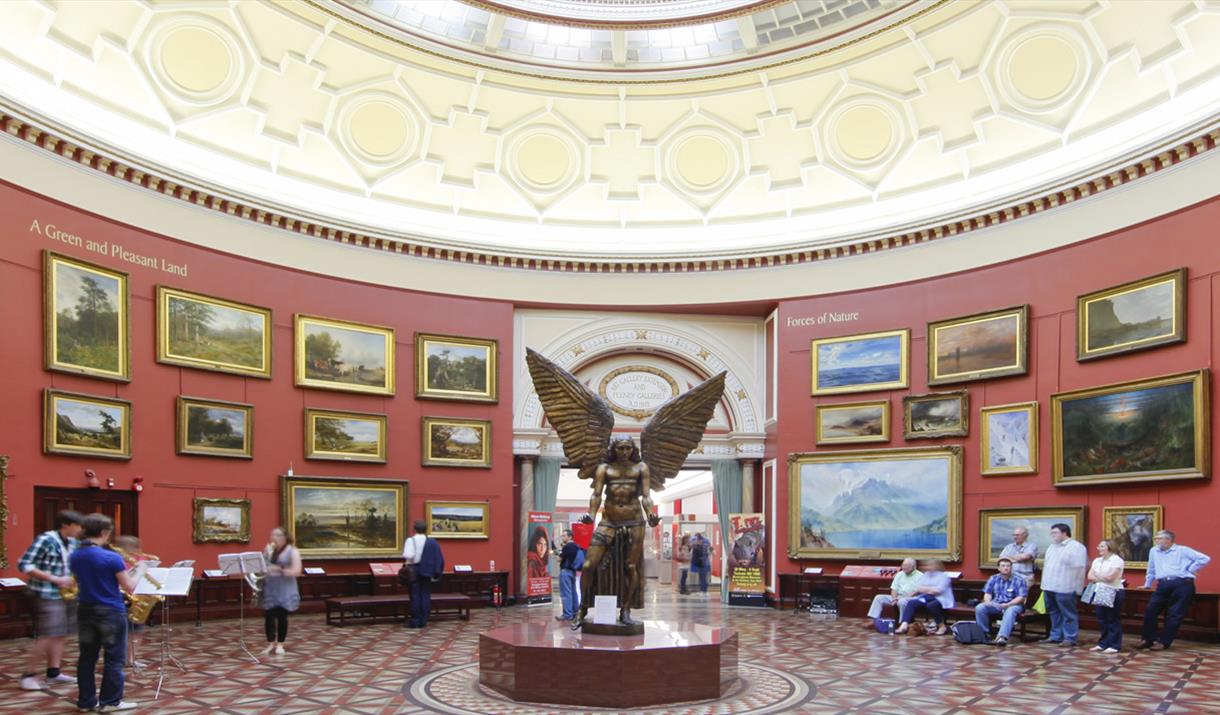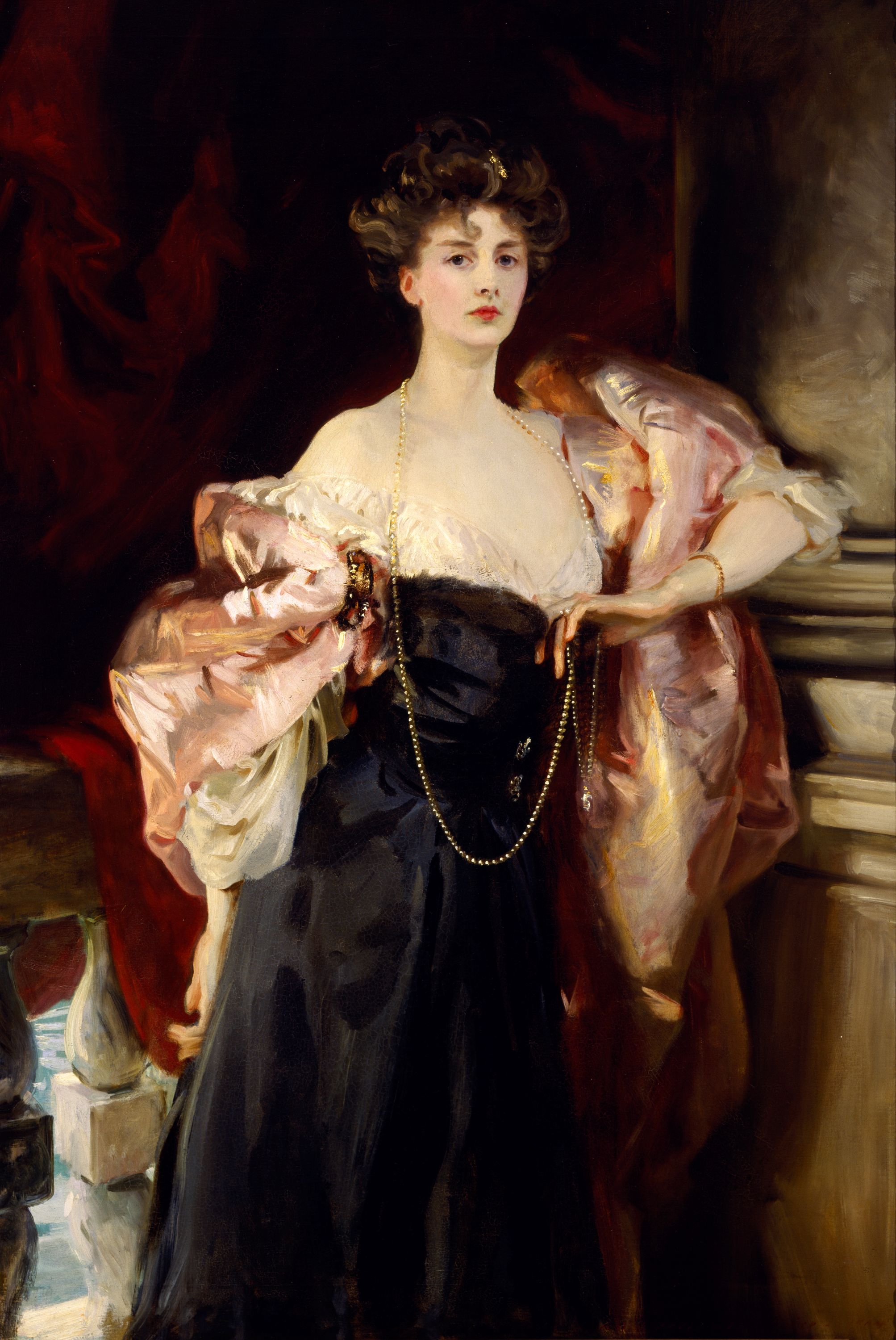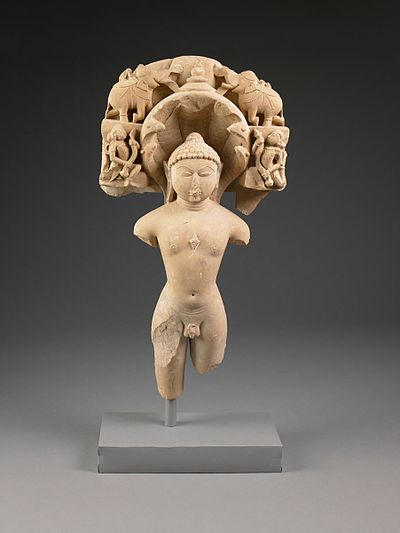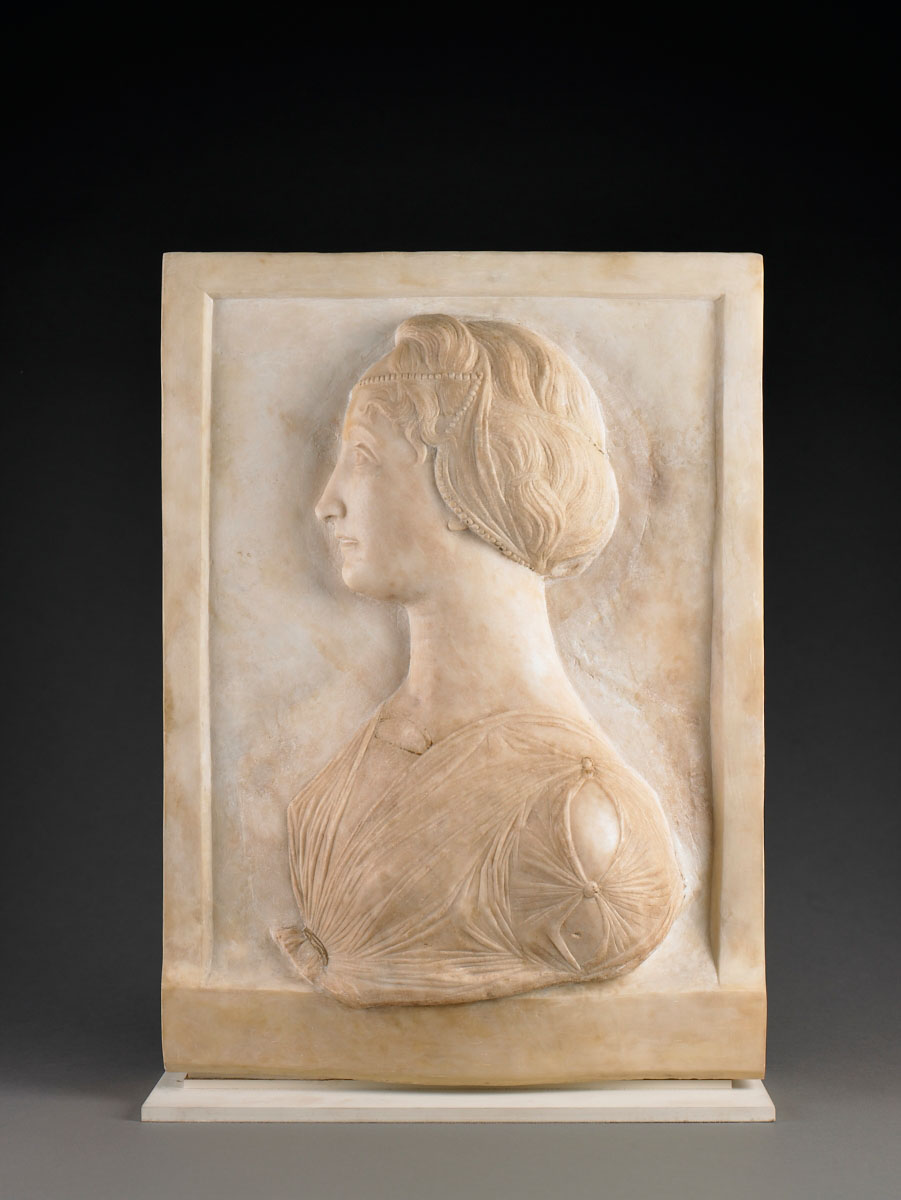Please wait ...
The Birmingham Museum of Art in Birmingham which is founded in the year 1951, Alabama, today has one of the finest collections in the Southeastern United States, with more than 24,000 paintings, sculptures, prints, drawings, and decorative arts representing a numerous diverse cultures, including Asian, European, American, African, Pre-Columbian, and Native American. Among other highlights, the Museum’s collection of Asian art is considered the finest and most comprehensive in the Southeast, and its Vietnamese ceramics one of the finest in the U.S.

The Museum also is home to a remarkable Kress Collection of Renaissance and Baroque paintings, sculpture, and decorative arts from the late 13th century to c.1750, and the 18th-century European decorative arts include superior examples of English ceramics and French furniture.

African Art
The Museum’s growing collection of nearly 2,000 objects is derived from the major culture groups of sub-Saharan Africa and dates from the 12th century to the present. The collection features fine examples of figure sculpture, masks, ritual objects, furniture and household and utilitarian objects, textiles, ceramics and metal arts, with an Egyptian false door, Yoruba mask, Benin bronze hip pendant, and a divination portrait of a king from Dahomey.

Albert Bierstadt's Looking Down Yosemite Valley from 1865 is a highlight of the museum's collection of American paintings
American art
Spanning the late 18th through mid-20th century, the Museum’s collection of American painting, sculpture, works on paper, and decorative arts features paintings by Gilbert Stuart, Childe Hassam, and Georgia O'Keeffe; sculptures by Hiram Powers and Frederic Remington; and important decorative pieces by Tiffany Studios and Frank Lloyd Wright. Considered one of the three most important American landscape paintings, the Museum’s Looking Down Yosemite Valley, California (1865) by Bierstadt was recently chosen by The National Endowment for the Humanities as one of 40 American masterpieces that best depict the people, places, and events that have shaped our country and tell America’s story.

A Late Period sculpture of an ibis from Ancient Egypt's Twenty-sixth Dynasty, 664–332 BC.
Art of Alabama
Since its doors opened to the public in 1951, the Birmingham Museum of Art has collected and exhibited the art of Alabama. Among the earliest works to enter the collection were paintings by significant Alabama artists including the miniaturist Hannah Elliott and the landscapist Carrie Hill. Throughout its history, the Museum has continued its commitment to the arts of Alabama. In 1995, it organized Made in Alabama, a groundbreaking survey of artistic production in the state during the 19th century. In addition to collecting the works of academically trained native artists, the Museum has built an impressive collection of folk art, including painting, sculpture, quilts, and pottery.

John Singer Sargent's Portrait of Helen Vincent, Viscountess D'Abernon from 1904 AD.
Asian art
The Museum’s Asian art collection started with a gift of Chinese textiles in 1951 and today, with more than 4,000 objects, is the largest and most comprehensive in the Southeast. The collection hails from China, Korea, Japan, India, and Southeast Asia, featuring the finest collection of Vietnamese ceramics in the U.S., as well as outstanding examples of Buddhist and Hindu art, lacquer ware, ceramics, paintings, prints, and sculpture.

Carving of Parshvanatha, India, 950 C.E.
Contemporary art
The collection features painting, sculpture, video, photography, works on paper, and installation art that illuminate movements and trends from the 1960s to the present, by renowned artists such as Joan Mitchell, Andy Warhol, Bill Viola, Lynda Benglis, Cham Hendon, Kerry James Marshall, Callum Innes, Grace Hartigan, Larry Rivers, Louise Nevelson, Frank Fleming and Philip Guston, as well as works by a younger generation who are defining the new century.

A Chinese wine vessel (hu) from 350 BC.
Folk art
Since 2009 a permanent display of Folk art will feature works by Bill Traylor, Thornton Dial, Alabama’s outstanding quilters, and other self-taught artists.
European art
Among the highlights of the European art holdings is the Kress Collection of Renaissance Art, featuring Renaissance and Baroque paintings, sculpture and decorative arts dating from the late 13th century to c.1750, with works by Pietro Perugino, Antonio Canaletto, and Paris Bordone. Other strengths include 17th-century Dutch paintings by Jacob van Ruisdael, Ferdinand Bol, and Balthasar van der Ast; British 18th-century painting, with portraits by Thomas Gainsborough and Thomas Lawrence; and 18th- and 19th-century French paintings by Francois-Hubert Drouais, Jean-Baptiste Oudry, Mary Cassatt, Gustave Courbet, and Jean-Baptiste-Camille Corot.

Mino da Fiesole's Profile of a Young Woman, from 1455–60 AD.
Native American art
The museum features a large installation of Native American arts. The galleries are organized into four cultural groupings according to region: Eastern Woodlands, Plains, Northwest Coast, and Southwest. Highlights of the collection include a large grouping of fine Navajo blankets and rugs, an extensive collection of Northwest coast art, and important historic and contemporary Pueblo ceramics. There also are excellent examples of Plains beadwork and stunning shaman headdresses.
Birmingham Art Club
The roots of the museum date back to 1908 and the founding of the "Birmingham Art Club" which endeavored to amass a public art collection for the benefit of the citizens of Birmingham, which had been founded as a new industrial city only 37 years prior. In 1927 they were able to display their collection in the galleries of the new Birmingham Public Library. Over the next two decades the club continued to add to the collection and raise support in the press and in City Hall for the concept of a new building.

New building
The publicity created by the exhibition led to several important gifts, notably of Chinese ceramics and textiles, Japanese prints, Old master prints, costumes, glass, and oil paintings. In 1952 the Samuel H. Kress Foundation presented 29 paintings from the Italian Renaissance as a long-term loan to the new museum, forming the core of the collection of European paintings. A large bequest in 1954 made possible a new museum building. Land was purchased the following year and a design commission for a new museum building was given to the office of Warren Knight & Davis. The "Oscar Wells Memorial Building" opened to the public on May 3, 1959. In the following years the Kress Foundation made two important gifts to the museum: the trusteeship of a collection of Renaissance furniture and decorative objects in 1959, and the deed to the Italian paintings already on loan, along with eight additional works from the same period. The following year, the American Cast Iron Pipe Company loaned its Lamprecht Collection of German cast-iron objects (the largest in the world).
North public entrance off the west wing of the Birmingham Museum of Art.